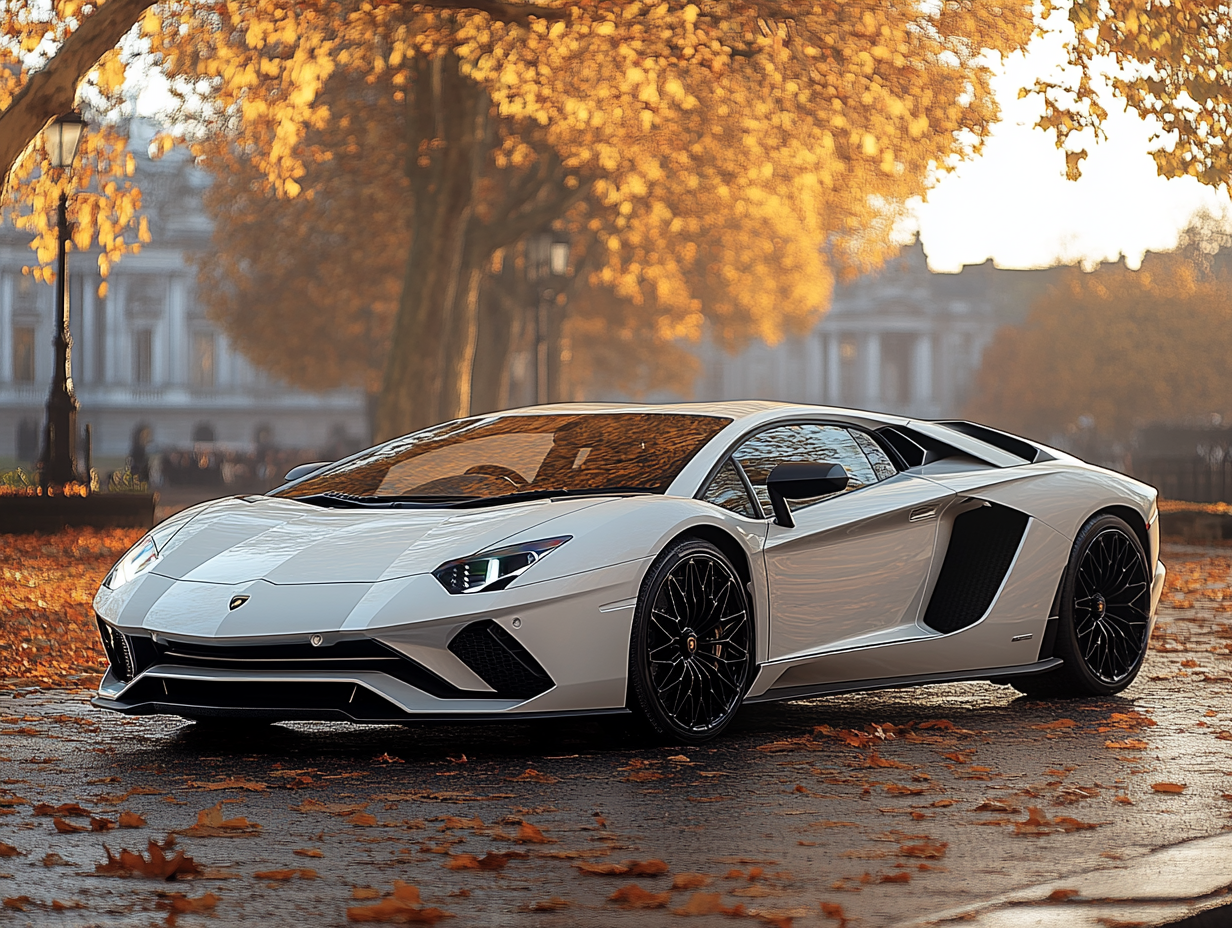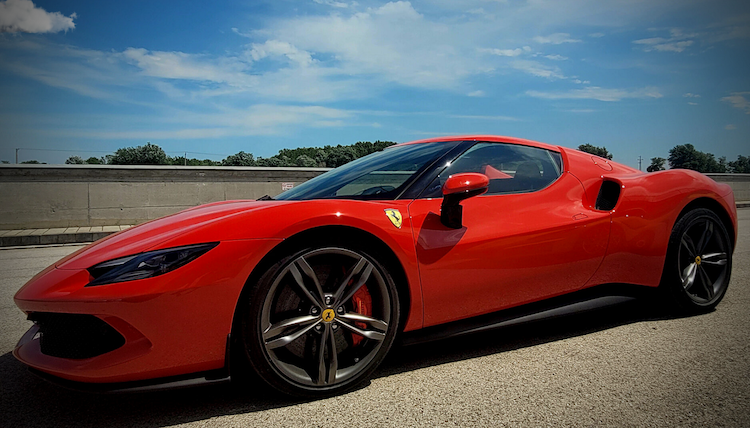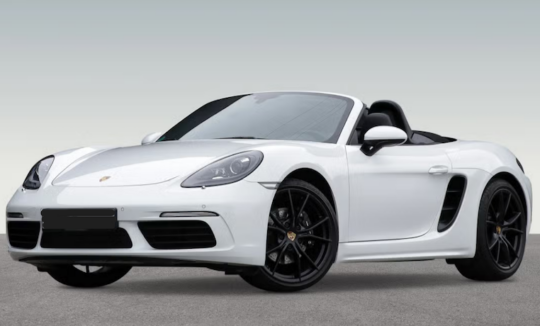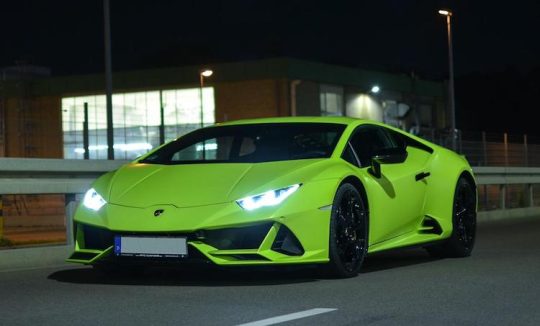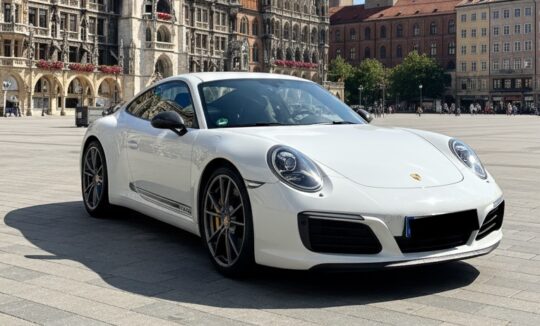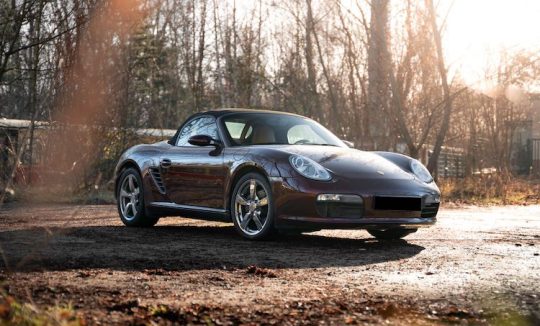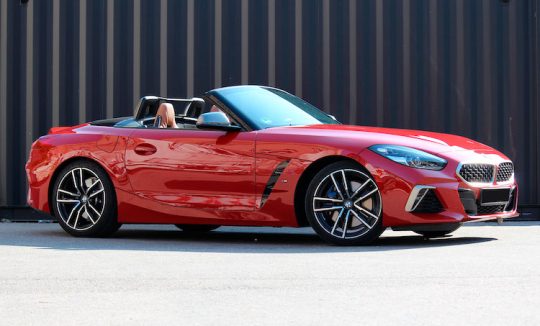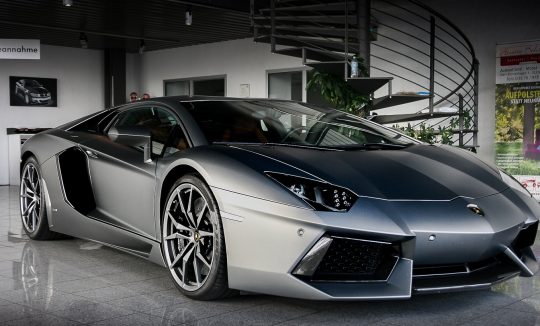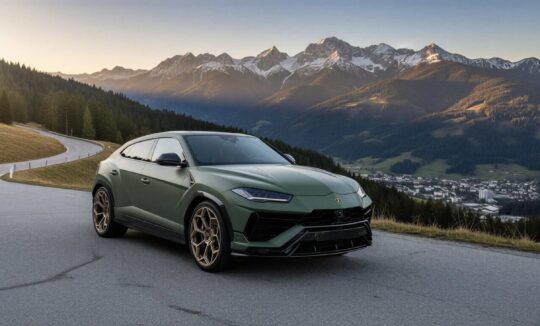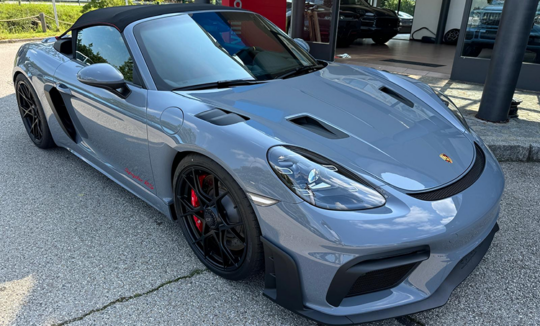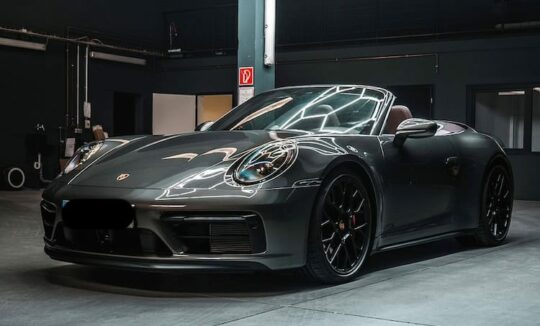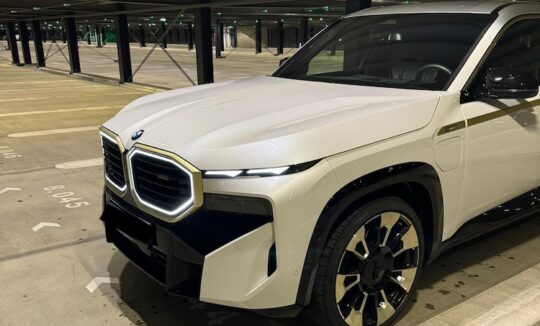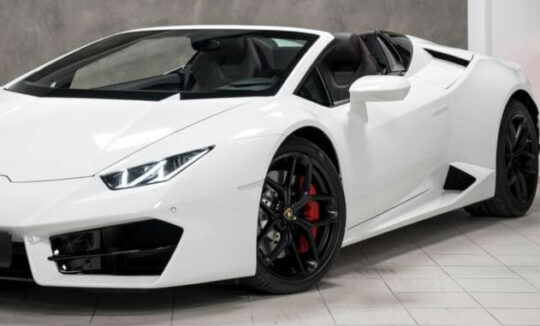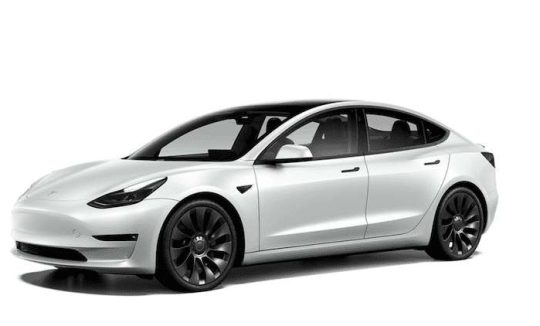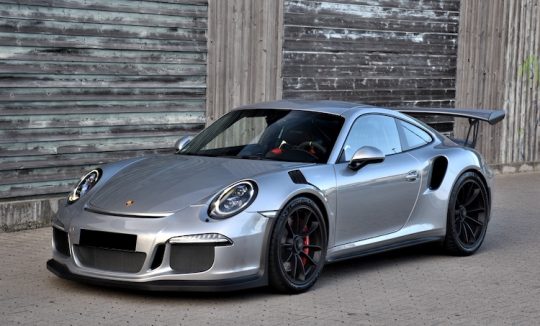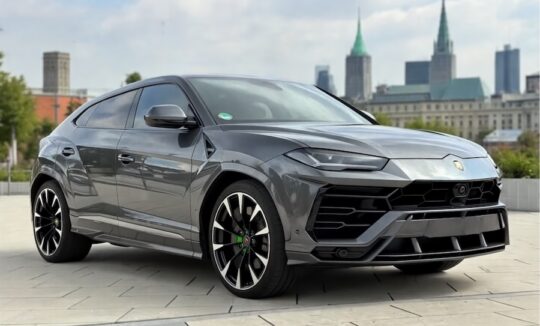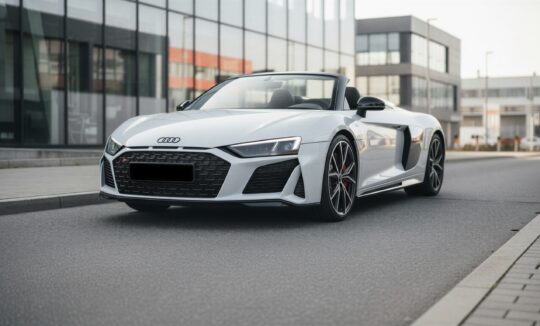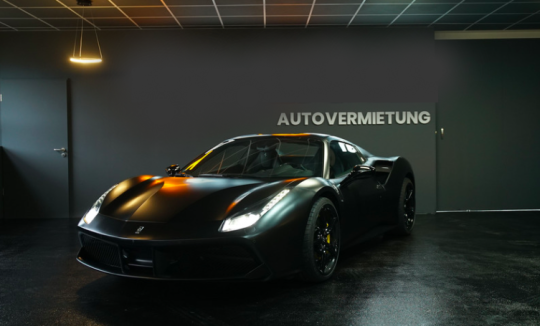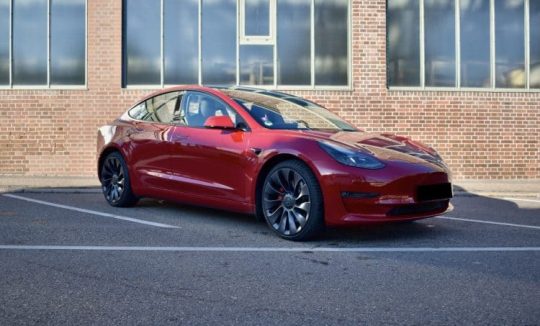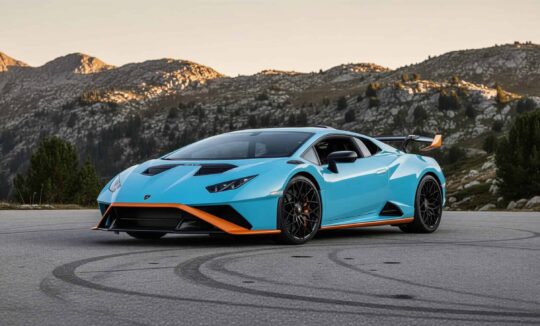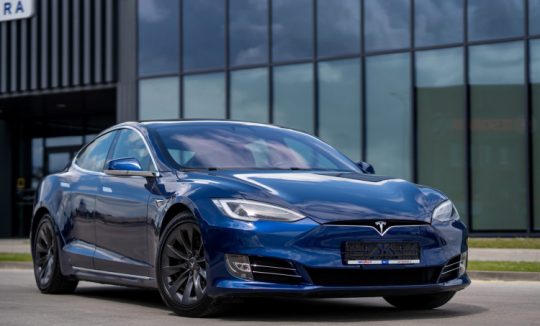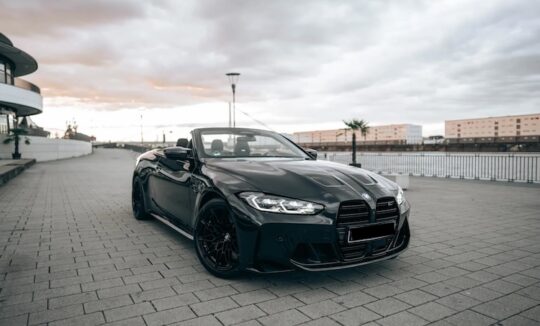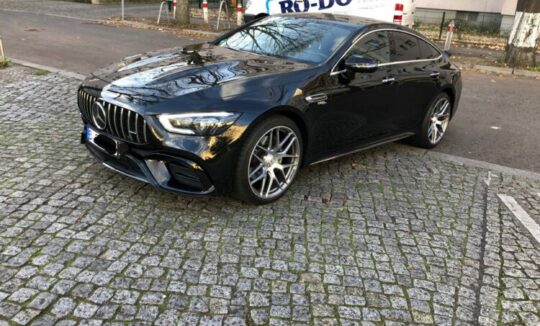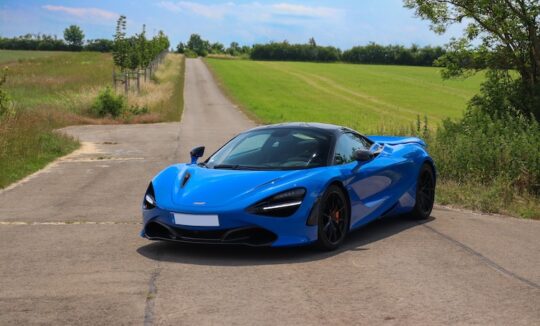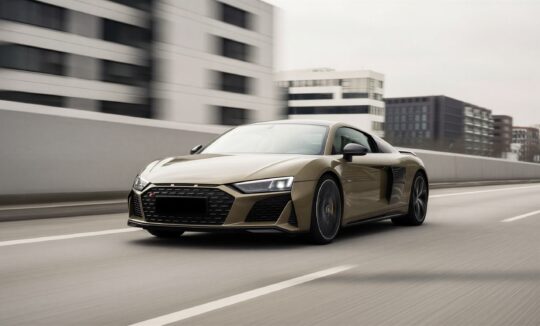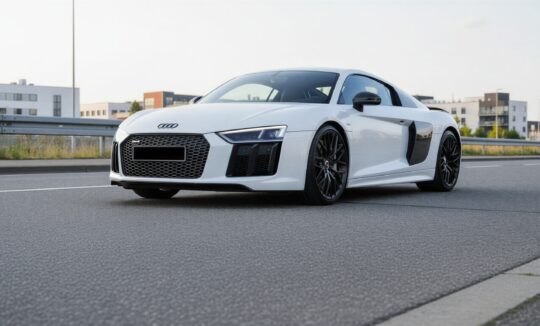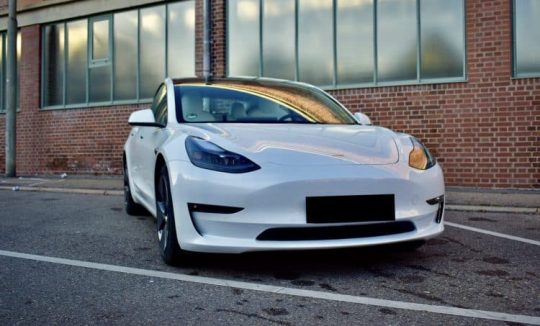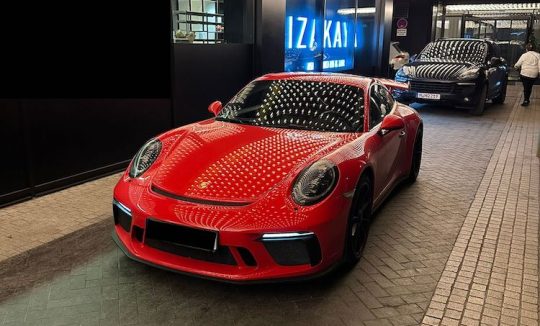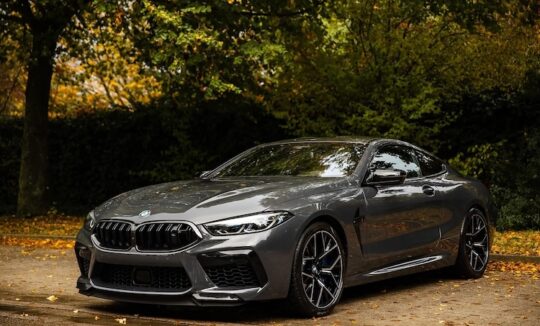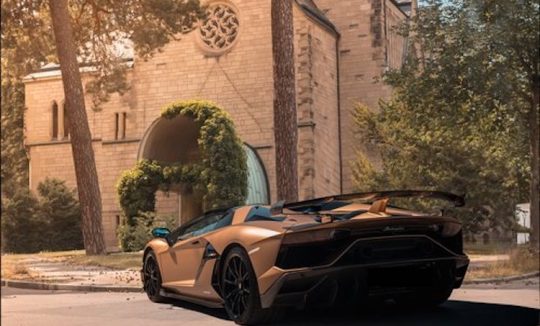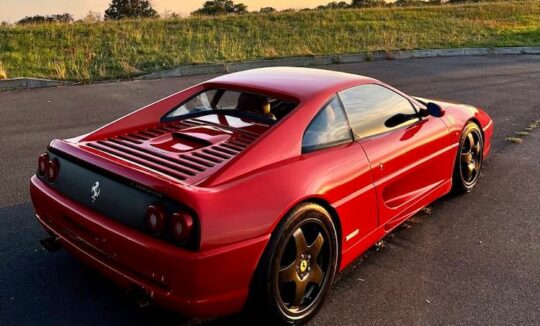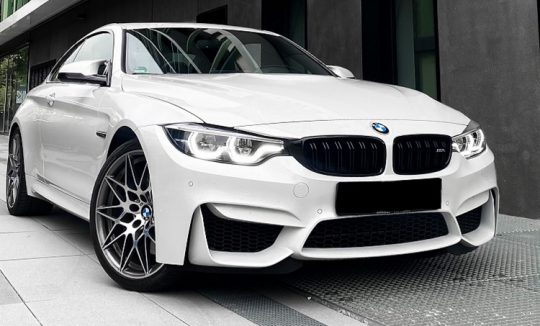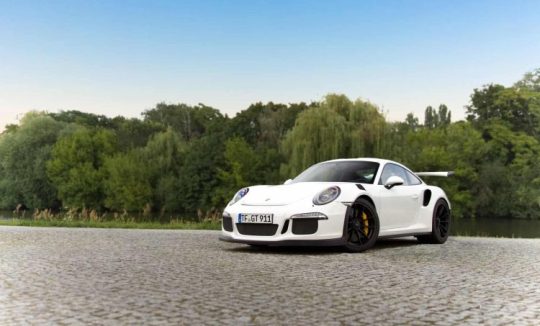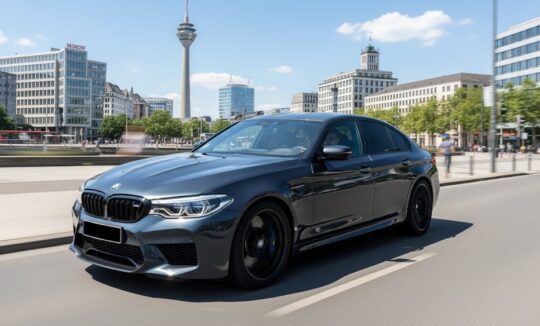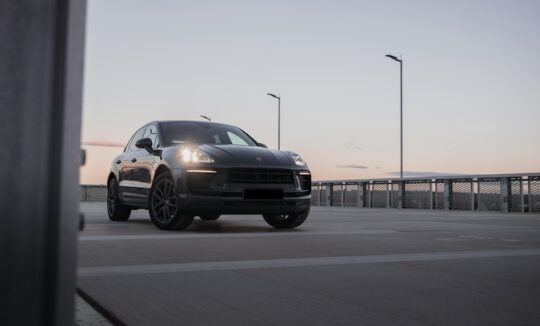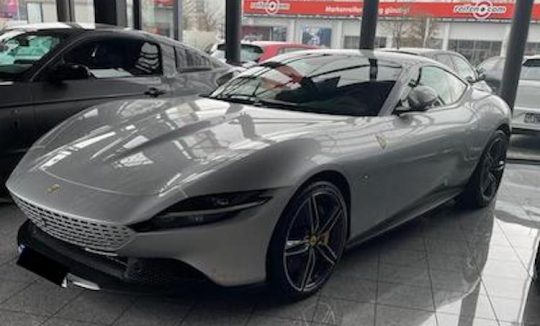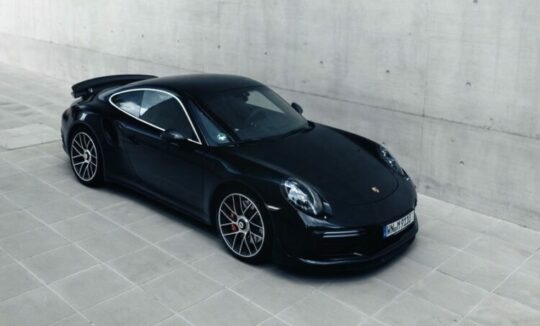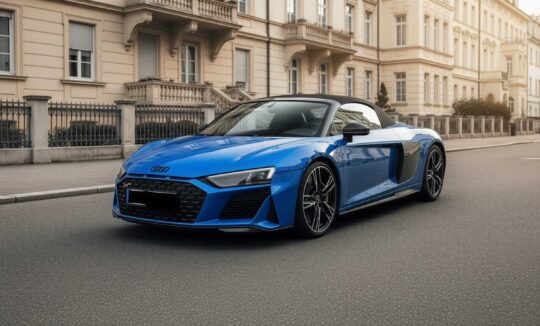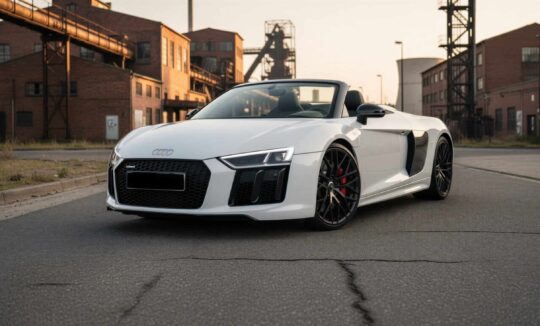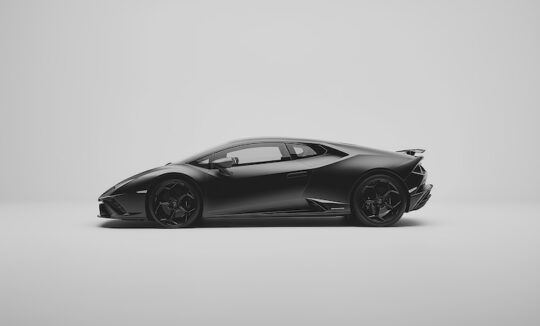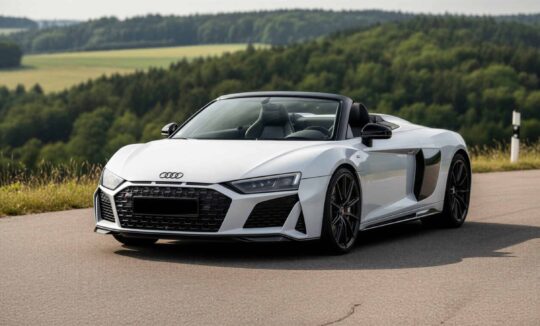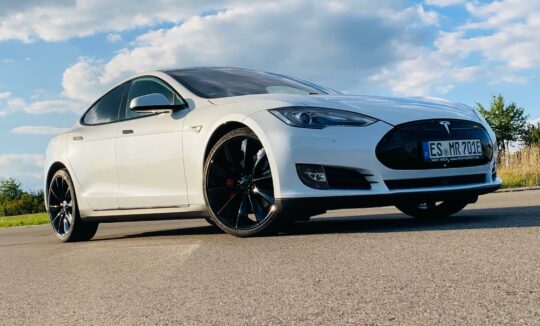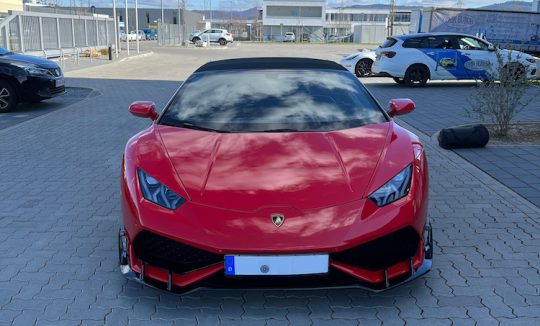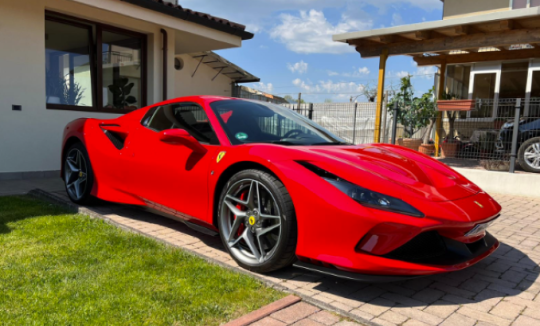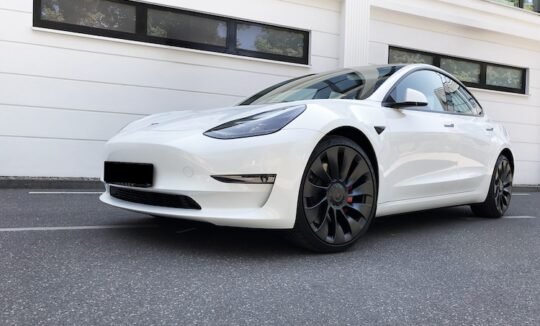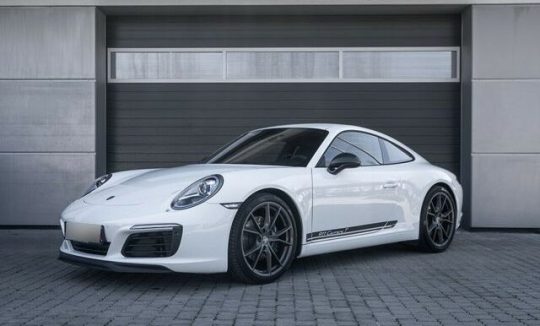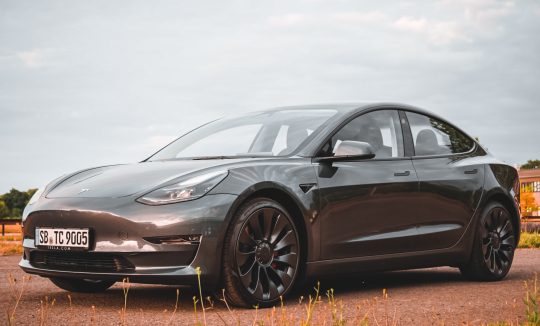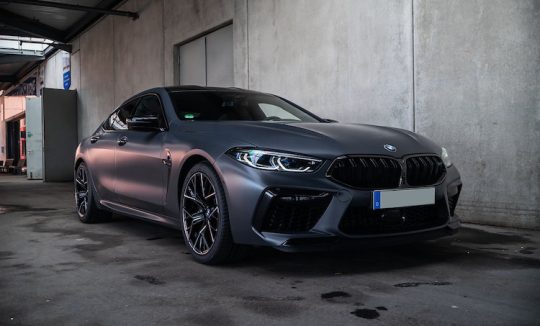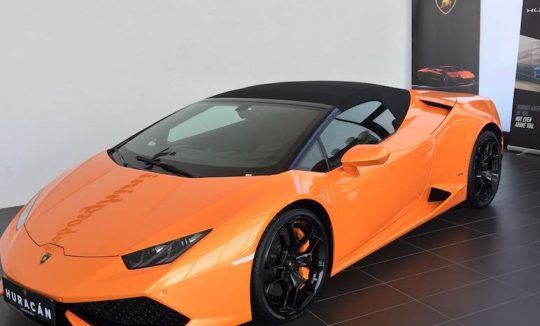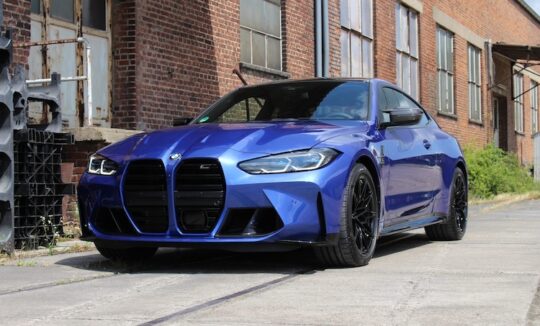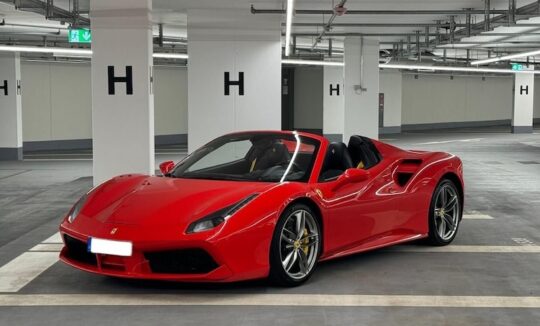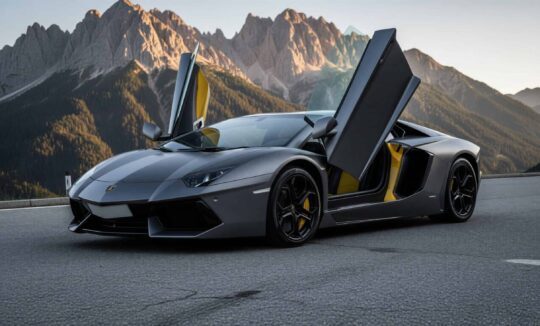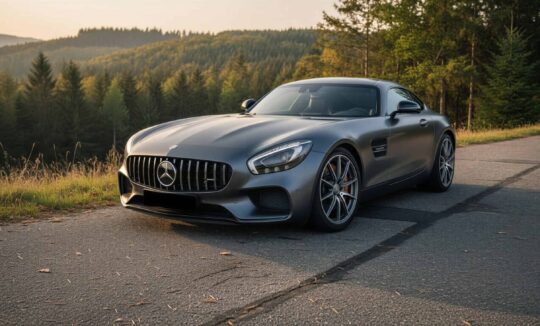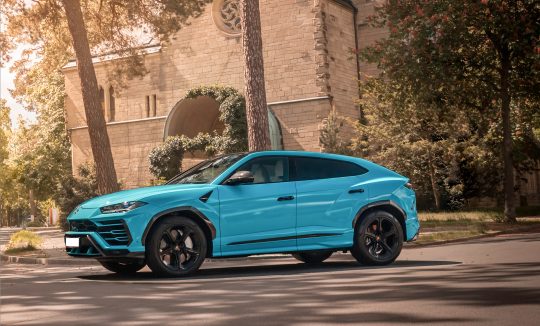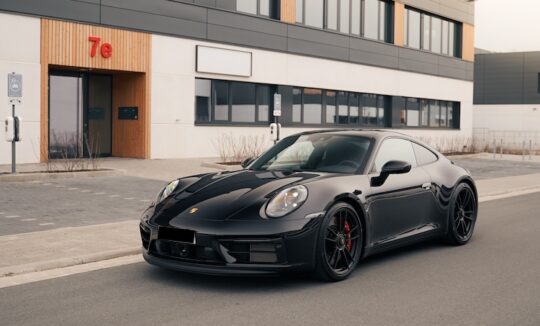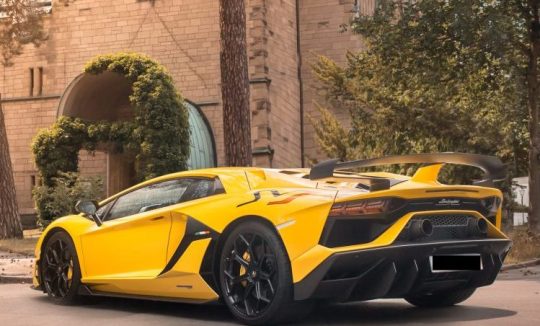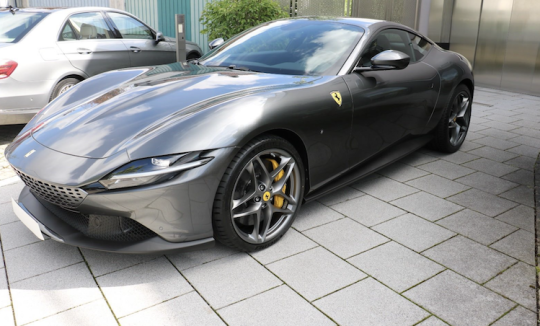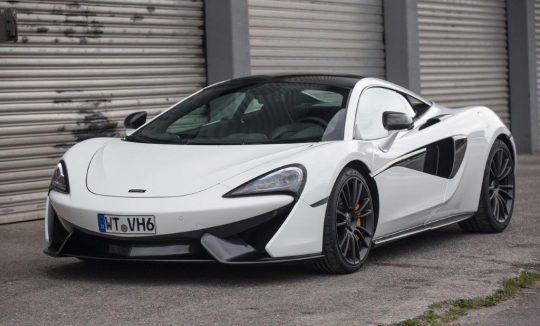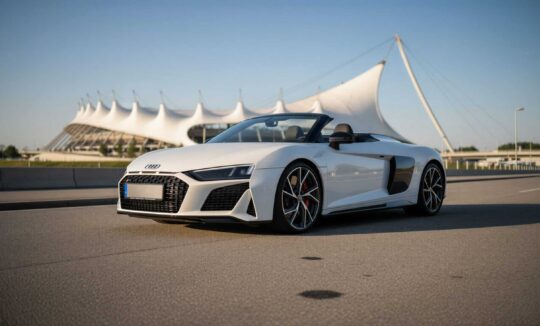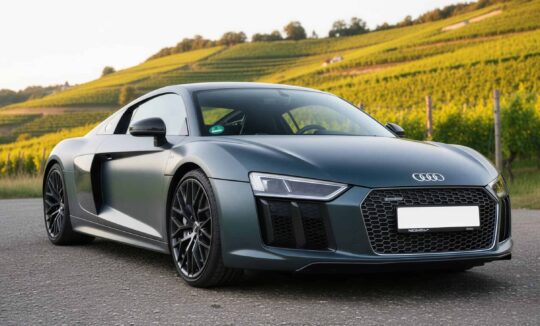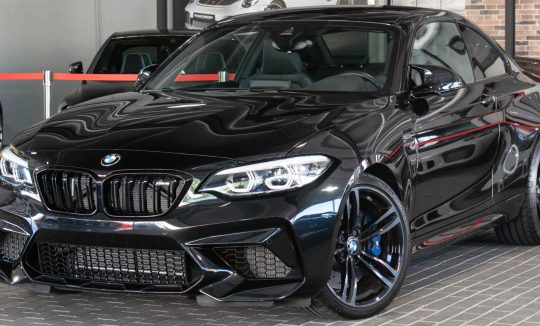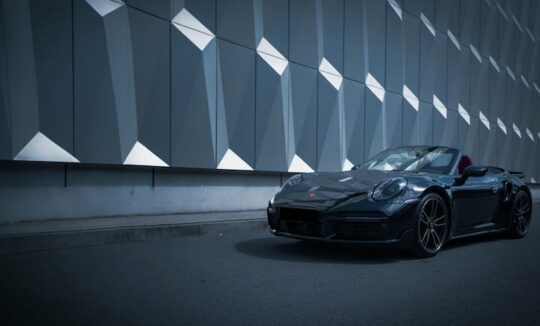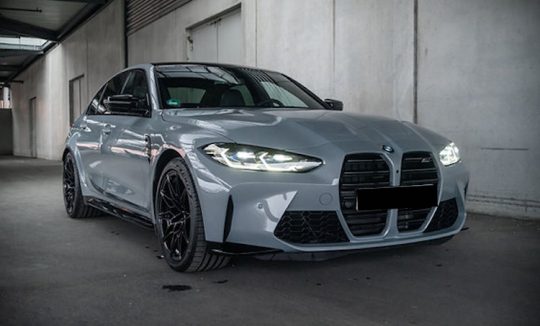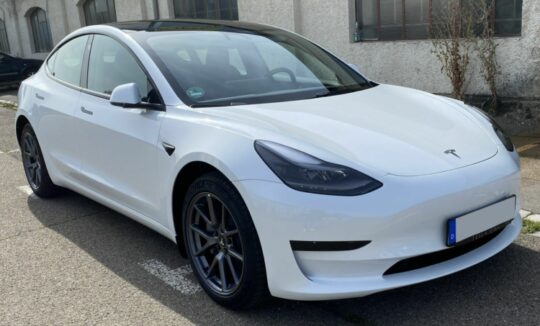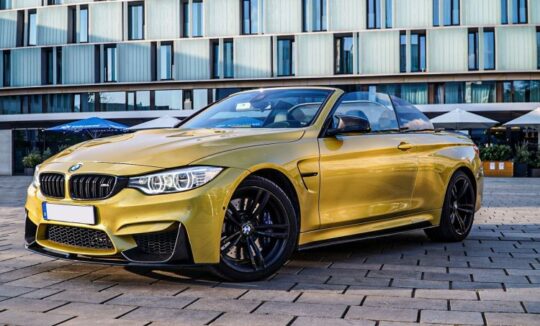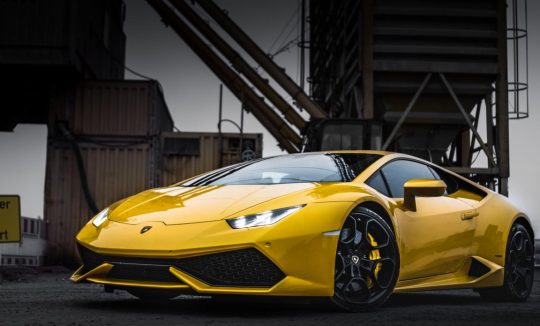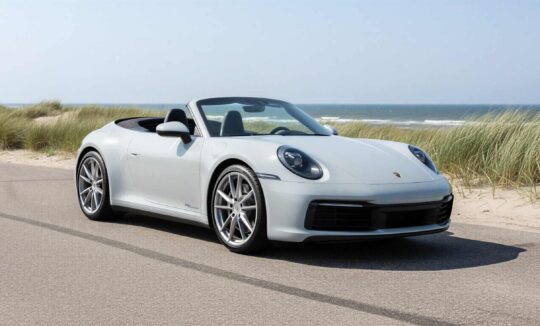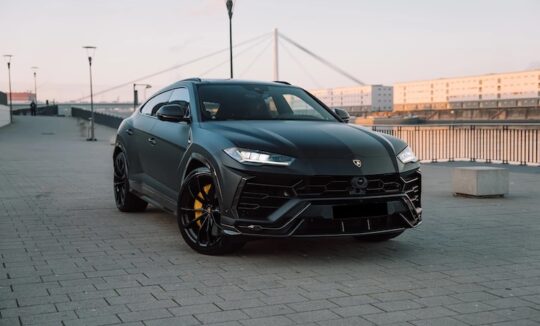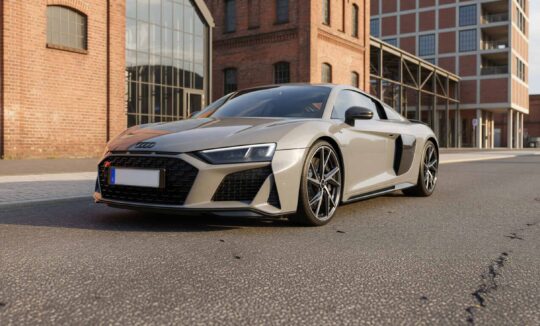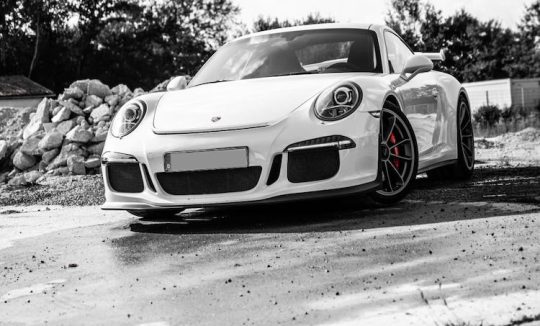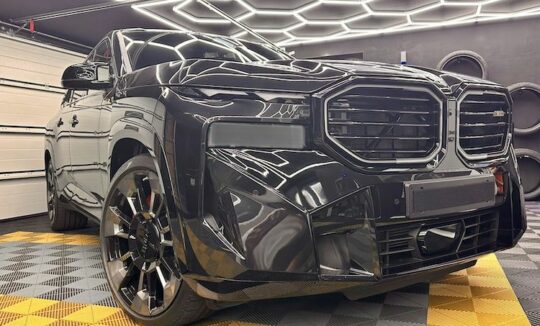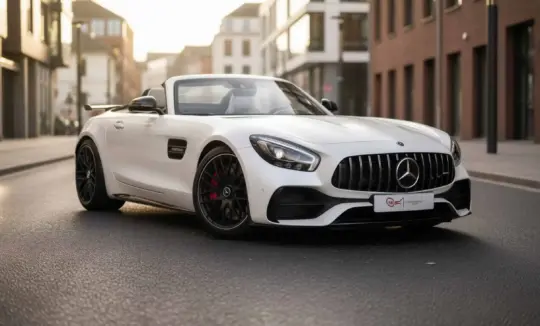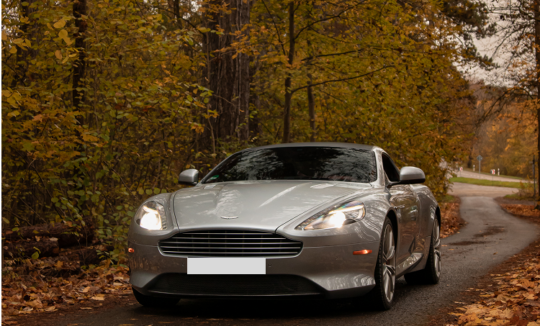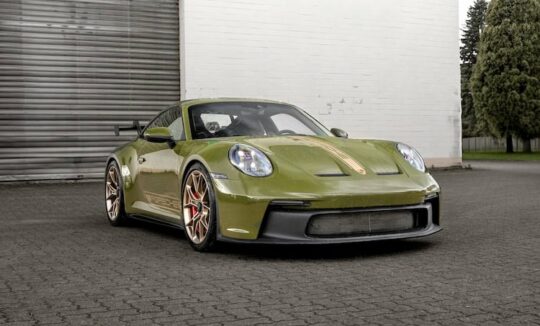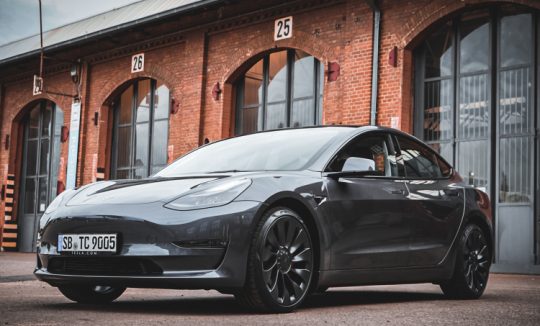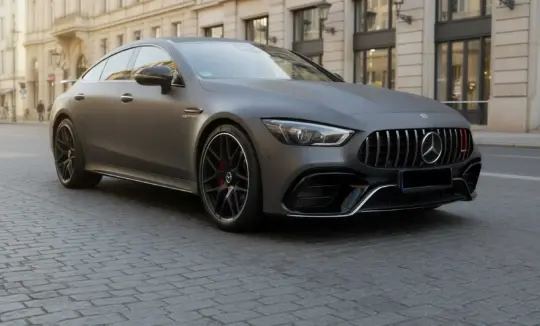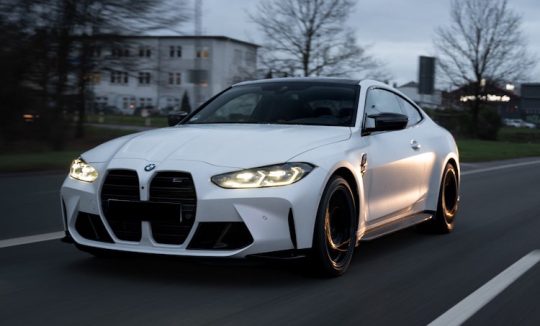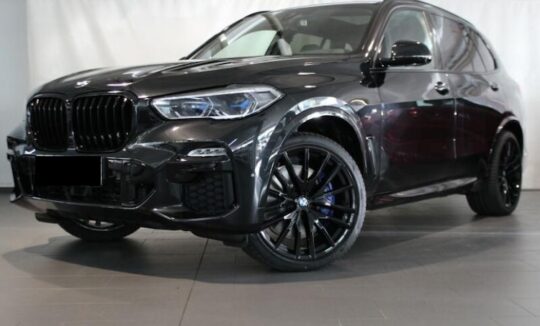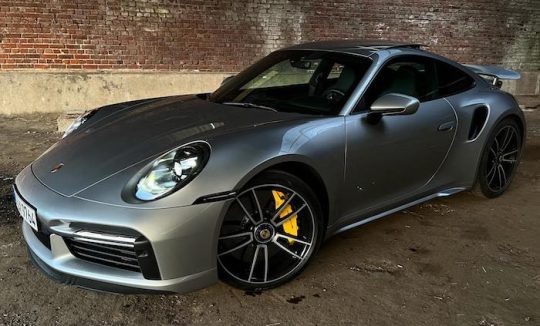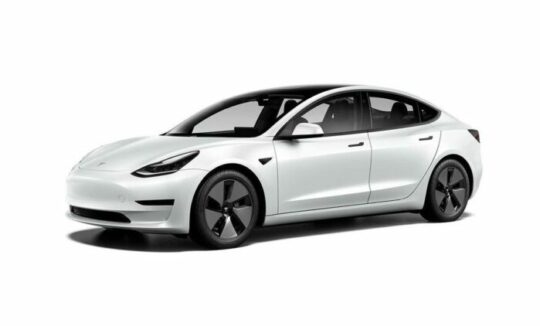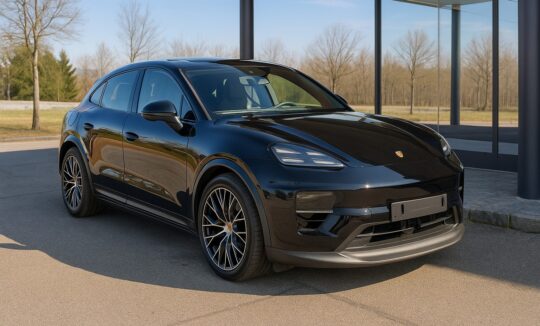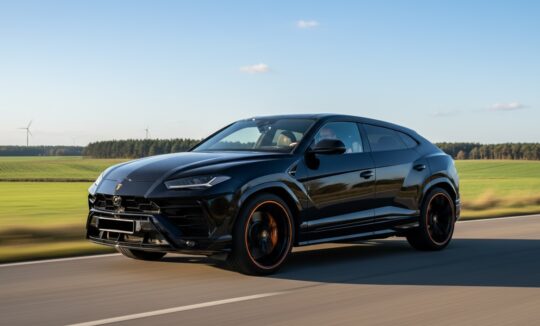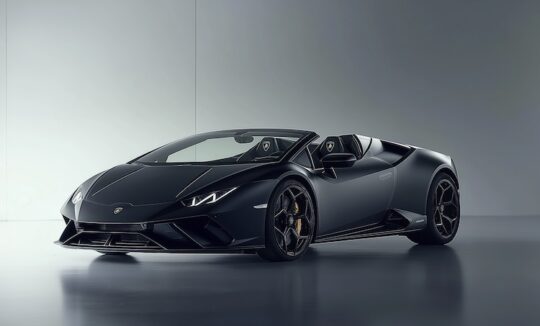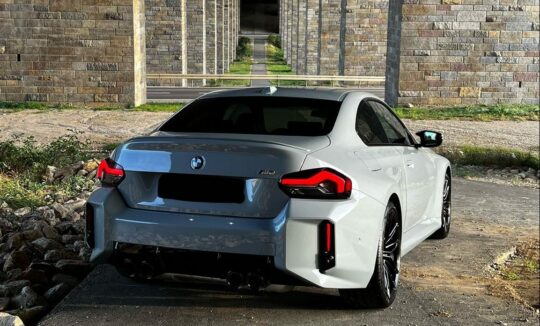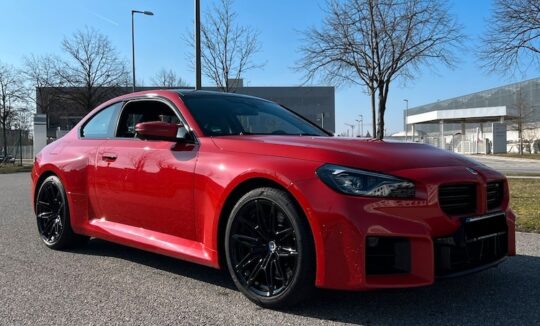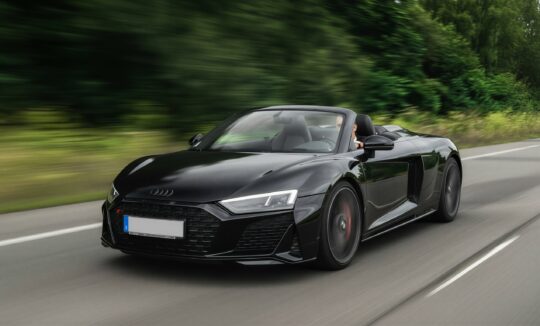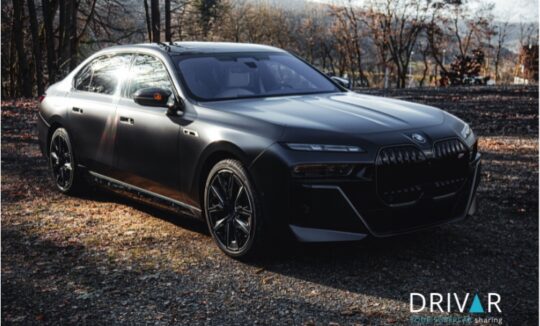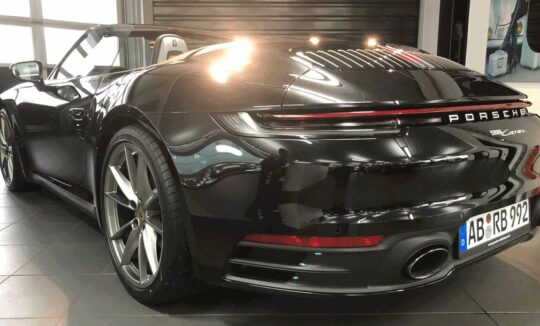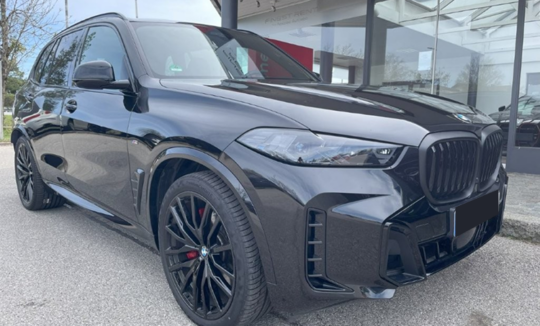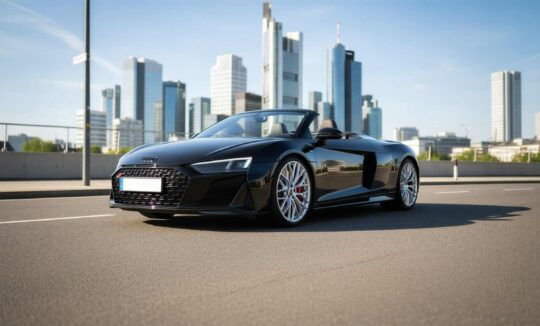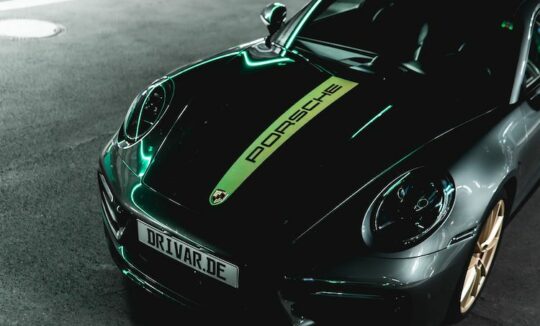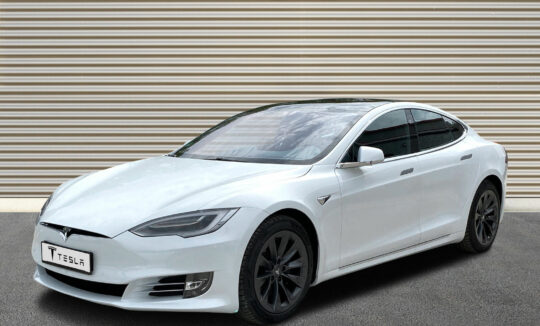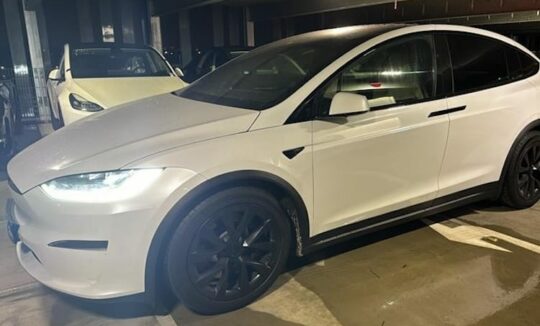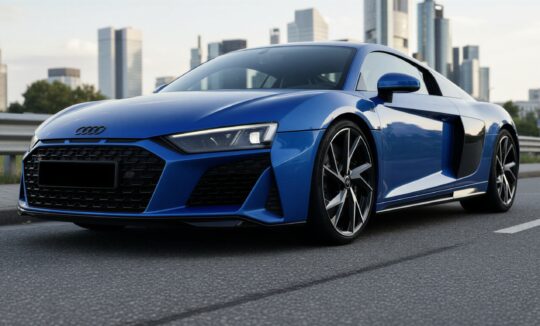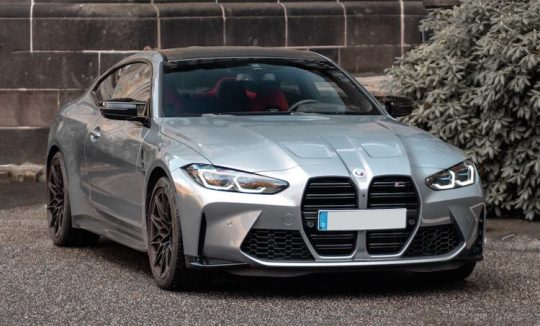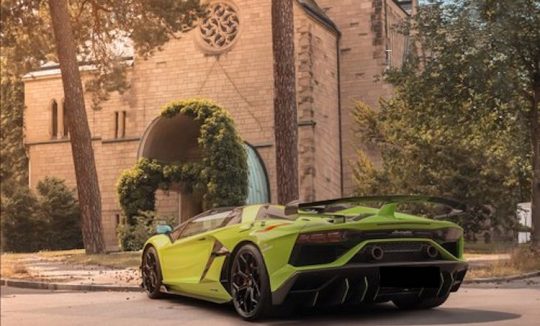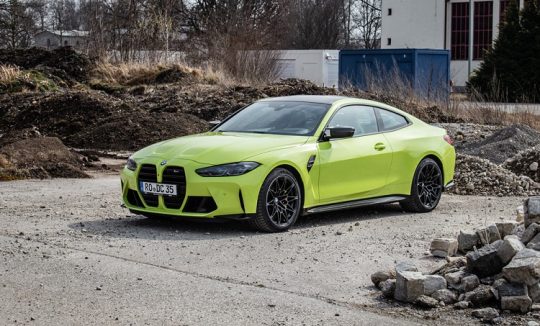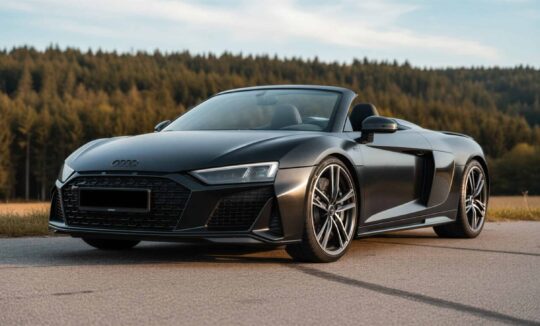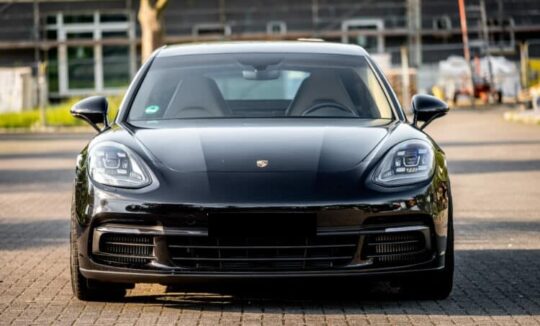BYD Yangwang U9: China’s Electric Hypercar
The BYD Yangwang U9 is the kind of electric hypercar that turns skepticism into silence the moment its four motors wake up. Born from BYD’s halo sub-brand, it mixes outrageous numbers with real engineering depth: instant torque at all four corners, intelligent body control that can keep the car eerily flat in fast transitions, and a design that looks every bit as dramatic as it drives. What makes the U9 so compelling is the way those elements fuse into a coherent whole. You don’t just get acceleration that squeezes the horizon; you get a chassis that can actually harness it and a cabin that feels sculpted for speed. For anyone watching the rise of Chinese performance EVs, the BYD Yangwang U9 is the headline act.
A new kind of hypercar: BYD’s e⁴ platform and DiSus-X explained
Underneath the U9 sits BYD’s e⁴ platform, a four-motor architecture that drives each wheel independently. That layout is more than a party trick; it enables near-instant torque vectoring, so the car can pivot into a corner with the calm precision of a guided dart. Instead of waiting for mechanical differentials or brake-based systems to sort out power distribution, the U9 meters thrust to each wheel in milliseconds, translating to startling agility and tenacious grip on exit. On a mountain pass or a flowing track day, the effect is a front end that feels keyed-in and a rear axle that never overwhelms the driver.
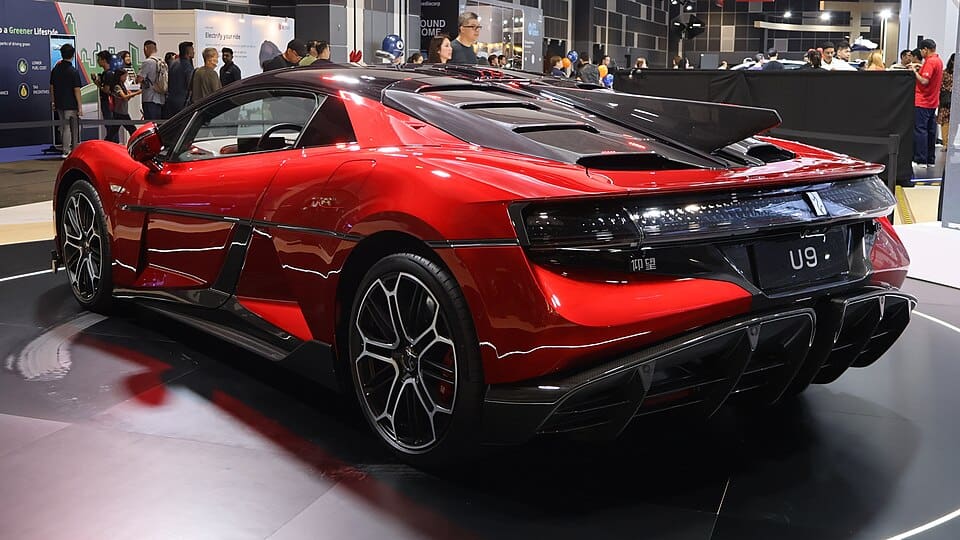
Stacked on top of that is BYD’s DiSus-X intelligent body control. Where most active suspensions focus on damping, DiSus-X goes further, using rapid vertical wheel control to pin the body to a neutral attitude. The result is the kind of stability that keeps your line clean over crests and compressions, yet still allows the wheels to breathe over rough patches. It’s also the reason the U9’s “dancing” demos became internet legends: the system has the bandwidth to lift, settle, and manage weight transfer in ways that were science fiction a decade ago. On the road, the payoff is less theatrics and more confidence.
Straight-line performance was never going to be timid. Officially, BYD quotes a 0–100 km/h time of 2.36 seconds, putting the U9 in the rare air occupied by the quickest EVs on sale. What makes that figure meaningful is how repeatable it feels thanks to the e⁴ platform’s iron grip on traction. Even more eye-opening, a dedicated U9 Track Edition recently stormed to a verified 472.41 km/h on Germany’s Papenburg high-speed oval, underscoring how far the fundamentals can be pushed when aero, software, tires, and powertrain are tuned for one mission. It’s a reminder: this is not just another fast EV; it’s a bona fide hypercar program with headroom.
Battery, charging and real-world usability
The U9’s powertrain is anchored by BYD’s Blade battery tech, prized for stability and thermal robustness. Just as crucial is the ultra-high-voltage electrical architecture, engineered to gulp down serious current on modern HPC stations. In practice, that means properly brief charging windows on a capable 800–1200 V network and excellent heat management during repeated hard laps or long Autobahn stints. For owners who plan to use the U9 as intended—hard drives followed by quick top-ups—this matters more than a headline range number.
Speaking of range, any hypercar’s consumption swings with your right foot. Drive the U9 like a GT and you’ll be pleasantly surprised by the composure and efficiency of its drivetrain. Treat it like a qualifying session and you’ll quickly learn how valuable the charging speed really is. BYD’s system supports very high DC rates and even dual-plug charging in select markets, shaving time from 30–80% replenishment. The upshot is simple: you can stitch together fast road sections with strategic coffee stops and never feel like you’re planning an expedition.
Supercars on Drivar
From launch to record breaker: the Yangwang U9 story so far
The U9’s road-car reveal came with serious intent: a list price of 1.68 million RMB, a claimed top speed just over 300 km/h, and deliveries starting in China soon after. That single figure for price telegraphed something important—BYD wanted to demonstrate that cutting-edge EV performance doesn’t need a multi-million-euro ticket to entry. The car’s “Time Gate” surfacing, butterfly doors, and dramatic aero showcased a new design language, but the core message was engineering credibility.
That message went global in August 2025, when the U9 Track Edition blasted through 472.41 km/h at Papenburg. While that car is a specialized derivative rather than the standard road version, it rides on the same fundamentals: four independent motors, advanced torque vectoring, and the DiSus-X body control suite working in concert with high-speed aero. For enthusiasts, it’s more than a record—it’s a proof point that the platform can scale from road manners to extreme velocity without losing coherence. For rivals, it’s a shot across the bow.
You are currently viewing a placeholder content from external content. To access the actual content, click the button below. Please note that doing so will share data with third-party providers.
More InformationDesign, cockpit and the feel-good factor
Visually, the BYD Yangwang U9 doesn’t do subtle. Its proportions are classic mid-engined supercar, reimagined for an EV era with deep channels, flying buttresses and tightly drawn light graphics. The stance is squat, the overhangs are clipped, and the body feels pulled taut over the hardware beneath. It’s the sort of shape that looks fast at rest and menacing when rolling, especially in saturated primary colors that amplify the surfacing.
Inside, the cockpit leans decisively toward the driver. You sit low, framed by sculptural door panels and a dashboard that wraps in a gentle arc. Digital instrumentation is crisp without becoming a videogame, while the materials strike a sweet spot between show car and daily durable. Most impressive, perhaps, is the sense of integration: driver assistance, chassis modes and power delivery maps are all presented with clear logic. In an age of overcomplication, the U9’s interface earns points for making the complex feel simple.
Rent a BYD Yangwang U9
If you’re itching to experience the BYD Yangwang U9 in Europe, availability will initially be limited as vehicles reach private customers and the first units trickle into curated fleets. That’s exactly where DRIVAR’s brokerage model shines. Register your interest with our team, and we’ll alert you the moment a U9 appears on our platform—complete with verified provider, transparent insurance cover, and a deposit structure that matches the car’s value. For high-end requests, we can handle bespoke delivery to hotels, airports or event venues and arrange professional instruction for road or track sessions.
Until the U9 joins European fleets at scale, DRIVAR can also line up compelling alternatives that capture its spirit. From established supercars ready for Autobahn runs to high-performance EVs with ultra-quick charging, our nationwide network makes the logistics easy and the experience seamless. The process is straightforward: send us your preferred dates and city, we confirm availability and insurance parameters, and a dedicated contact manages your booking from handover to return. Whether your goal is a first taste of four-motor EV ferocity or a full-blown hypercar weekend, we make it happen safely and professionally.
FAQ
How fast is the BYD Yangwang U9?
The road car accelerates from 0 to 100 km/h in a claimed 2.36 seconds and is quoted at just over 300 km/h top speed. A specialized U9 Track Edition recently set a 472.41 km/h EV top-speed record on the Papenburg oval, underlining the platform’s potential.
What does the BYD Yangwang U9 cost?
The official launch price in China was announced at 1.68 million RMB. European pricing will depend on taxes, import status and market timing, so expect significant variation once official distribution widens.
Can I rent a BYD Yangwang U9 with DRIVAR?
Initial availability in Europe is rare, but DRIVAR operates as a brokerage platform with verified partners. You can pre-register your interest in the form below, and we’ll notify you as soon as a U9 is listed. In the meantime, we can arrange comparable supercars or high-performance EVs across Germany.
How does the DiSus-X suspension help on real roads?
Beyond the headline “dance” demos, DiSus-X actively controls vertical body motion to reduce pitch and roll. That means cleaner lines over crests, better contact patches in bumpy corners, and more confidence when you push hard on back roads or track days.
How practical is charging on a fast road trip?
Thanks to its ultra-high-voltage architecture and very high DC capability, the U9 is engineered for quick top-ups on modern HPC stations. Plan your route around 800–1200 V chargers and you can link spirited stints with short coffee breaks rather than long stops.
What is the fastest car in the world, and where does the BYD Yangwang U9 stand?
When it comes to speed records, it’s important to separate electric vehicles from hypercars in general:
Fastest Car Overall (regardless of drivetrain):
The title still belongs to the Bugatti Chiron Super Sport 300+, which officially achieved 490.48 km/h (304.77 mph) in 2019.
Other contenders like the SSC Tuatara (532 km/h claimed) or the Koenigsegg Jesko Absolut (531 km/h simulated) exist, but their records are either disputed or not yet officially verified.
Fastest Electric Car:
The BYD Yangwang U9 Track Edition currently holds the world record for production EVs. On August 8, 2025, it reached 472.41 km/h (293 mph) at the ATP proving ground in Papenburg, Germany. This makes it faster than other record-holding EVs such as the Rimac Nevera (~431 km/h) and the Aspark Owl (~438 km/h).
